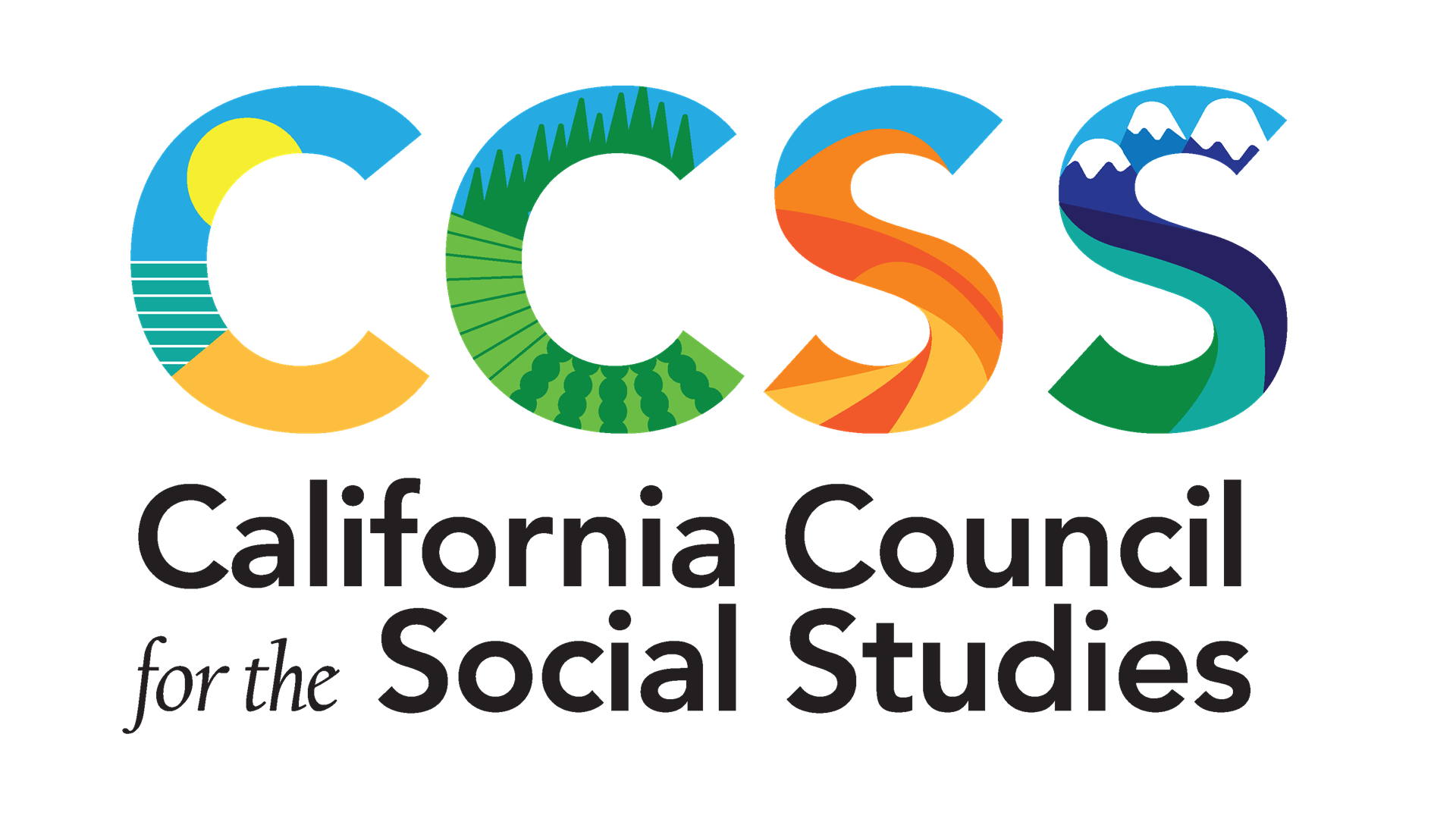Developing Civic UnderstandingThe series of articles was created through a partnership between the Administrative Offices of the California Courts and the California Council for the Social Studies to provide resources to teachers on an aspect of Civic Education often overlooked. Each article is written in simple language and includes a list of needed vocabulary words. To support classroom use of the articles, we have shared links to online lesson plans for each article topic, including selections for elementary, middle school, and high school. The U.S. judicial system is unique in the world making these articles an especially valuable resource for new Americans and their families. |
